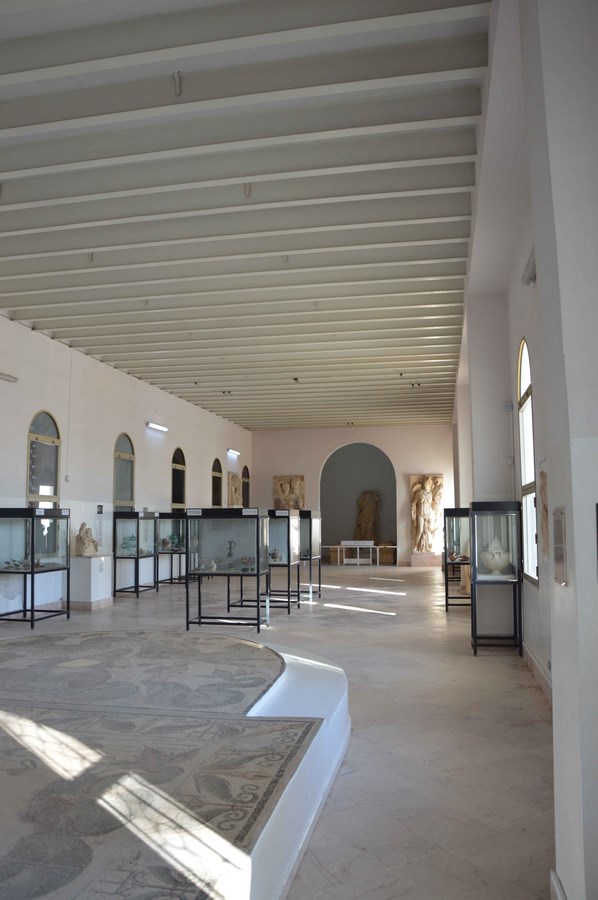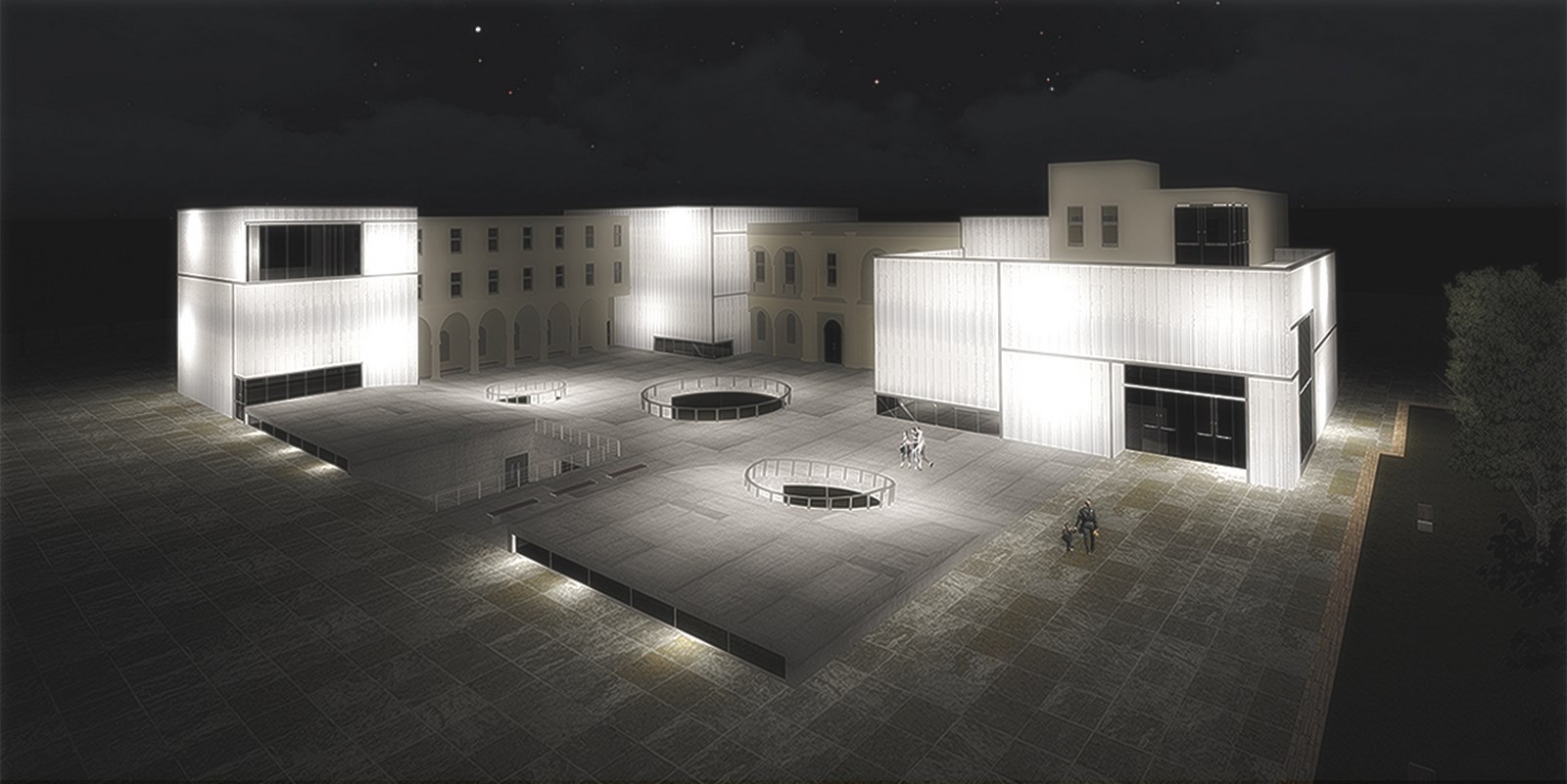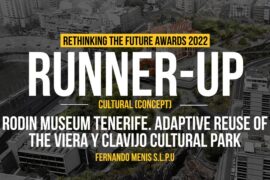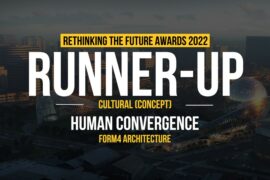This Academic project is about the extension of the existing Carthage Byrsa museum of archaeology (in Carthage, Tunis, Tunisia) situated on the very rich archeological site of Carthage Byrsa’s hilltop. In addition to the great historical variety and the large number of events and successive civilisations which took place there , the location itself provides a wonderful opportunity for dramatic new architecture and for the creation of a great public attraction. The centrality of the site intensifies the profound relationship between history and present and also between tradition and innovation.
Architecture student : Waddah Dridi
Location: Carthage Byrsa, Tunis, Tunisia
Status: Concept/Vision

The extension of the archaeology museum was made through the grafting of 3 pavillions on the existing structure and the digging of an underground exhibition hall under the main plaza. The main idea behinde the shape of the new added volumes was to create 3 imposing masses , representing the 3 civilisations that passed through this site (Punic, Roman and Byzantine ) , but without mitigating or disturbing the existing historical building, as a result , the use of simple shapes and textures was an obligation in order to achieve this discreet yet harmonious extension.




The new program contains: 3 new exhibition areas including the underground addition in which 3 different size atriums were made in order to let through natural sun light and ventilation, a new lobby, an interpretation center, a modular conference room, a medium size auditorium and a restaurant/caferteria on the second floor’s terrace.

Waddah Dridi
Waddah Dridi is a Tunisian architecture student in the National School of Architecture & Urbanism of Tunis (ENAU). Driven by curiosity and passionate about the multitude of scales in architecture, his approach is to freely experiment with the design possibilities in order to figure the perfect correlation involving all the design parameters. Recently he has been orienting his researches toward the underground dimension in both Architecture and urbanism.





